
VALARRAY
Optimisation software for tidal and floating offshore turbine arrays: state of the art, comparison and new tools specification
Duration: 16 months (2018 - 2019)
Context
The LCOE is significantly influenced by the optimisation of the farm layout of offshore renewable energies. Today, none of the commercial software available and dedicated tidal or floating offshore wind applications allows managing the simultaneous optimisation of several criteria, such as the layout of energy converters, the control strategy of turbines, cables, mooring lines and foundations or the inter-array electrical network.
Objective
To draw up specifications for new tools to optimise floating wind and tidal farms.
Main achievements
- Review of current methods and software for the optimisation of tidal and offshore wind farms, as well as physical or economic models providing input for these tools.
- Quantification of the performance of the software selected based on common test cases.
- Definition of the framework for assessing the sector’s needs and development priorities in order to create optimisation tools that meet the identified needs.
Conclusion
VALARRAY allowed to prioritise the key elements of a functional specification for the development of tools for the optimisation of ORE farms architectures allowing a cross optimisation approach on several criteria. These elements could be the subject of integration of new modules in open source codes, in particular for future floating offshore wind farms.
Resources
Partners and funding
This project was led by France Energies Marines.
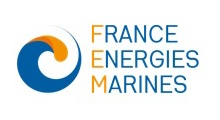
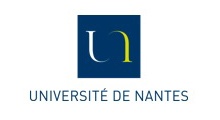

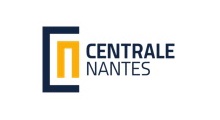
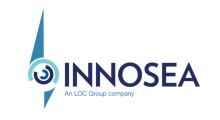
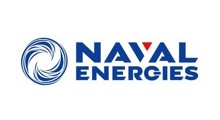

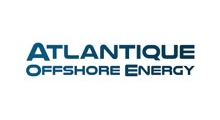
The total project budget was €289K.
This project received funding from France Energies Marines and its members and partners, as well as French State funding managed by the National Research Agency under the Investments for the Future Programme (ANR-10-IEED-0006-29).

Photo credit: Abasler / AdobeStock